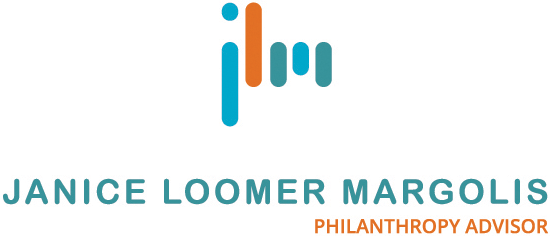What would it look like if the conversation around inheritance did not focus on money? Instead, what if the conversation focused on values, stories and vision? Wouldn’t this say a lot more to your family about what is really important to you and what your life is all about?
Working with families, it is enlightening to carry out an exercise where together they plot out important life events and business events that shaped the family experience and history. It is surprising how many of the family members do not know about how grandpa and grandma actually started out, their initial vision and activities and then how this has evolved over time with the involvement of others in the family. To increase understanding, family events can be overlapped with world events (like wars and significant economic shifts).
The comprehensive timeline generates conversation and the telling of important stories. From these stories come questions, explanations and an understanding of how things came about and the values that shaped them.
In a family where money has been at the forefront of what has made things possible, a shift to stories and values creates a healthy environment to consider wealth as a means for positive impact in the world. This leads to an appreciation for philanthropy in a meaningful and holistic way.
An inheritance is so much richer when money is only one part of what is shared.
As a philanthropy advisor, it is rewarding to work with families and individuals to explore and articulate their values and use these to develop and implement a plan to make their giving meaningful, satisfying and effective.







